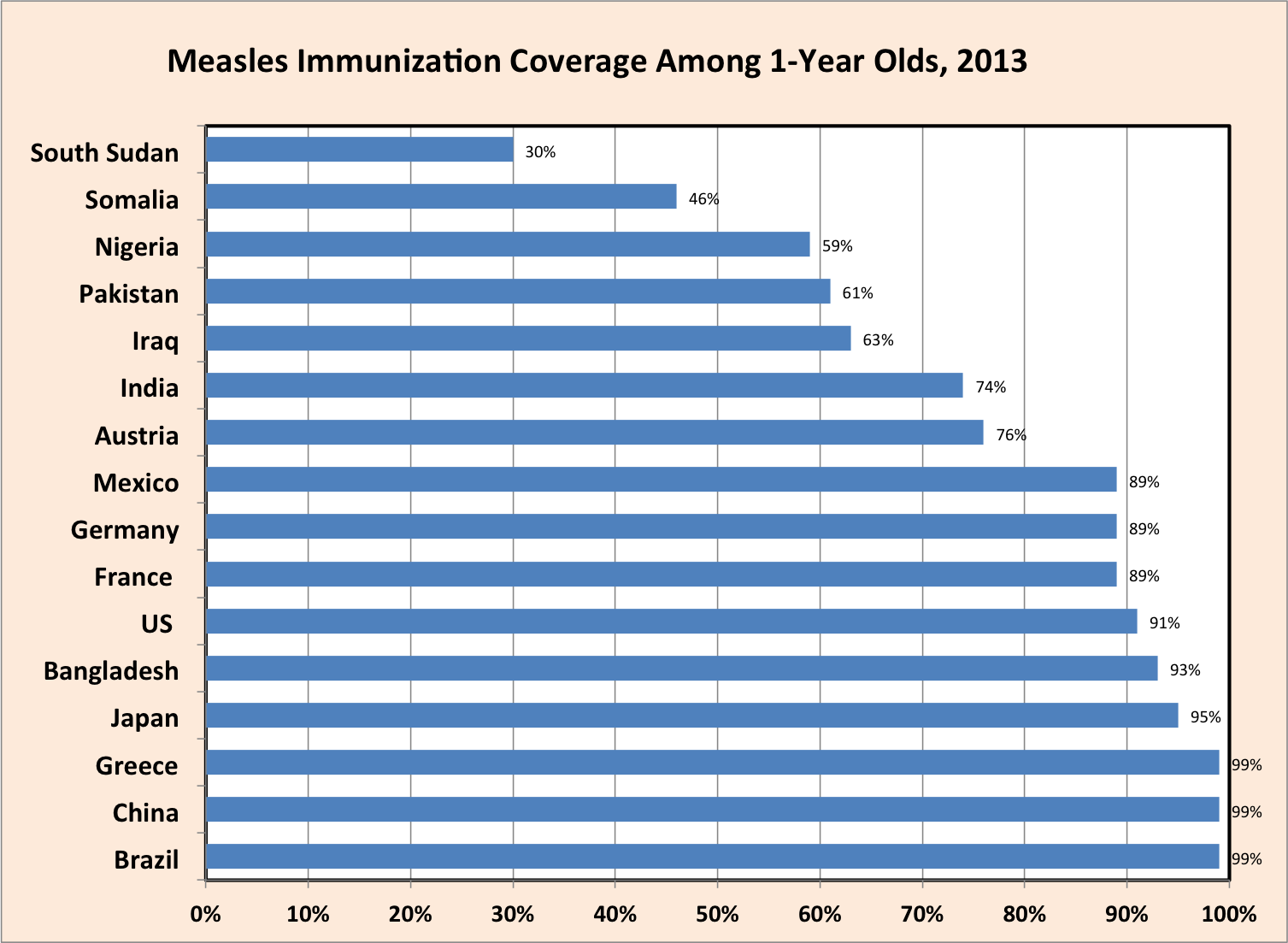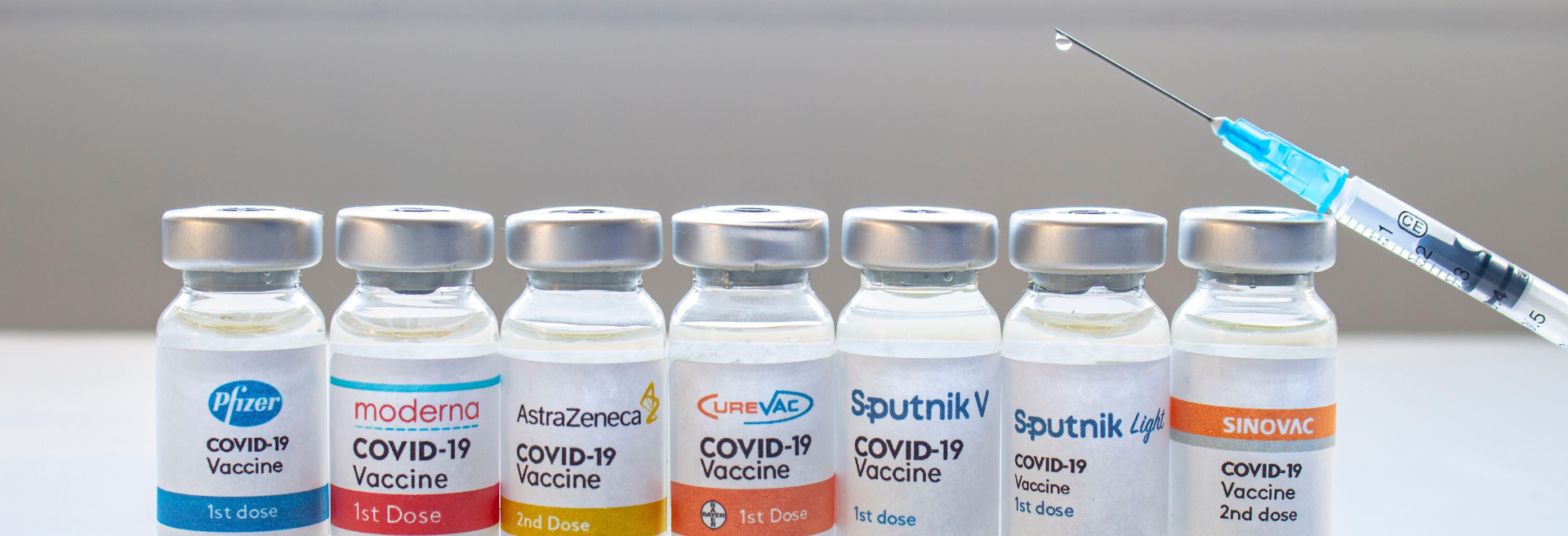

The Coronavirus Disease 2019 (COVID-19) pandemic, caused by the severe acute respiratory syndrome-coronavirus-2, has claimed 5,587,549 lives worldwide as of January 20, 2022.
VACCINE SIDE EFFECT RATES LICENSE
This is an open access article distributed under the Creative Commons Attribution License 4.0 (CCBY), which permits unrestricted use, distribution, and reproduction in any medium, provided the original work is properly cited. The datasets generated during and/or analyzed during the current study are not publicly available, but are available from the corresponding author on reasonable request. The authors have no conflicts of interest to disclose. Further, the manuscript has not been published, in part or in full, in any form. The authors certify that the manuscript is a unique submission and is not being considered for publication by any other source in any medium. The study was approved by the Institutional Review Board at Rutgers Robert Wood Johnson Medical School. The content is solely the responsibility of the authors and does not necessarily represent the official views of the National Institutes of Health. Research reported in this publication was supported by the National Center for Advancing Translational Sciences, a component of the National Institute of Health under award number UL1TR003017. Are COVID-19 mRNA vaccine side effects severe enough to cause missed work? Cross-sectional study of health care-associated workers.
VACCINE SIDE EFFECT RATES HOW TO
How to cite this article: Cohen DA, Greenberg P, Formanowski B, Parikh PD. Cohen, 125 Paterson St, CAB 7308, New Brunswick, NJ 08901 (e-mail: ).Ībbreviations: COVID-19 = Coronavirus Disease 2019, mRNA = messenger RNA. Phillips, who was not involved in the study, described this as “reassuring.ADepartment of Medicine, Rutgers Robert Wood Johnson Medical School, New Brunswick, NJīBiostatistics and Epidemiology Services Center, Rutgers School of Public Health, Rutgers University, Piscataway, NJĬDepartment of Biostatistics and Epidemiology, Rutgers School of Public Health, Rutgers University, Piscataway, NJ. Elizabeth Phillips, Vanderbilt University Medical Center, in a linked comment. The study found no unexpected signs of adverse events beyond heart inflammation and anaphylaxis, which are already known to be associated with mRNA vaccines, wrote Dr. In the six months studied, VAERS received over 340,000 reports of adverse events and around 4 million v-safe participants-nearly half-reported reactions after vaccination, with more doing so after the second shot, the vast majority of these mild. Tom Shimabukuro, also of the CDC, said the databases are “important tools CDC can use when evaluating vaccine safety and to help identify any unexpected or unusual events.” The data also confirms reports from clinical trials and post-authorization monitoring,” Shumabukuro added. The systems both rely on self-reporting of any side effects, which the researchers acknowledge is not representative of the entire population and cannot be used to determine a causal connection, though it can help flag any potential safety issues. Both databases are managed by federal health authorities and help monitor any “adverse events” after vaccination. The study examined data from the Vaccine Adverse Event Reporting System (VAERS) and the v-safe system. What We Don’t KnowĬomprehensive vaccine safety information.

Data from VAERS is unverified and often cited without acknowledging its limitations to discredit vaccines. VAERS is completely transparent by design anyone, not just doctors, can report a side effect to the database and anyone can request the entire database to view.

That this study draws upon VAERS-and, to a lesser extent, v-safe-is significant, as the database is frequently misappropriated to spread disinformation about vaccines. Studies consistently show vaccinated people to have lower chances of catching the virus orand, if they do, becoming seriously unwell, hospitalized orand dying if they do get om it, as well as Vaccinated people also have a lower chance of experiencing lingering post-infection symptoms, known as long Covid. The findings add to an already substantial body of evidence supporting the safety of the mRNA Covid-19 vaccines in widespread use, especially when considering the risks of actually contracting Covid-19.


 0 kommentar(er)
0 kommentar(er)
